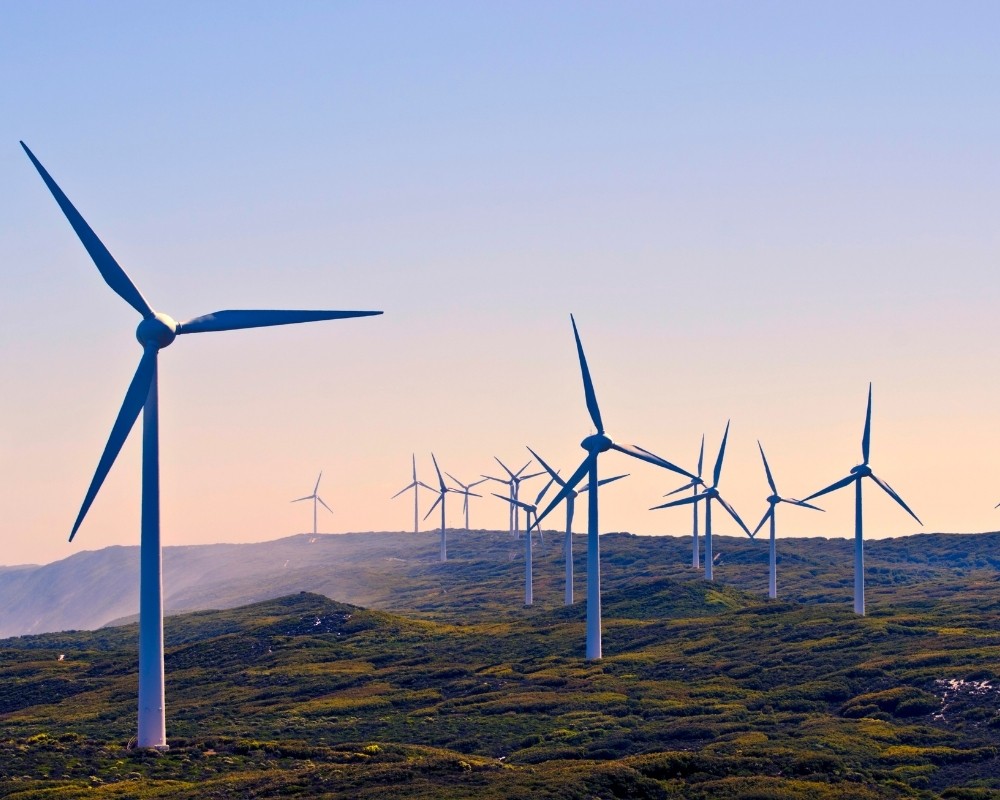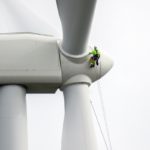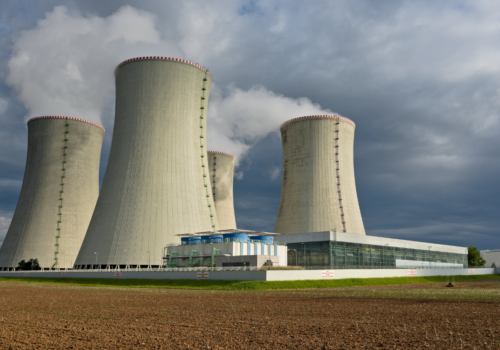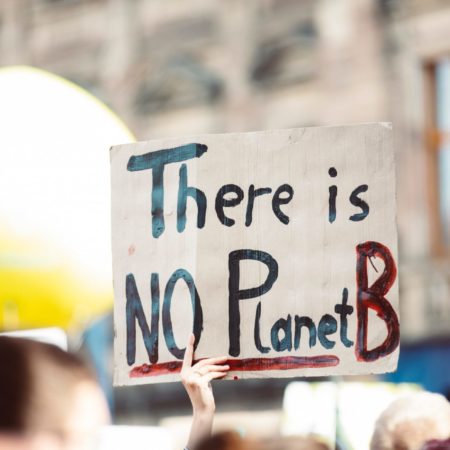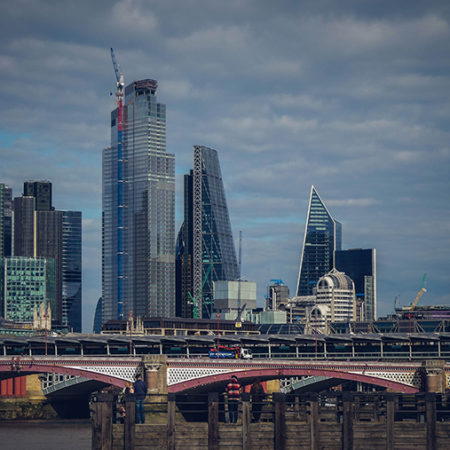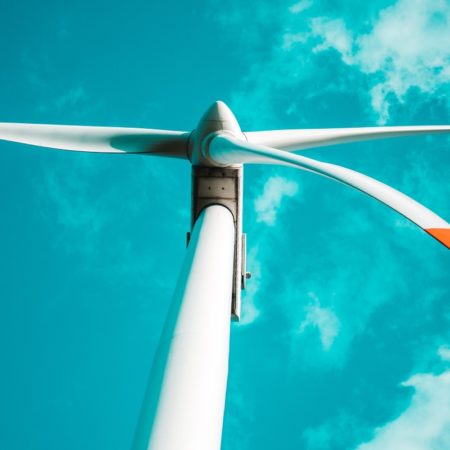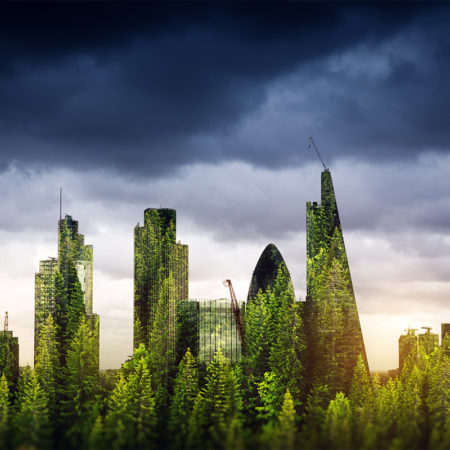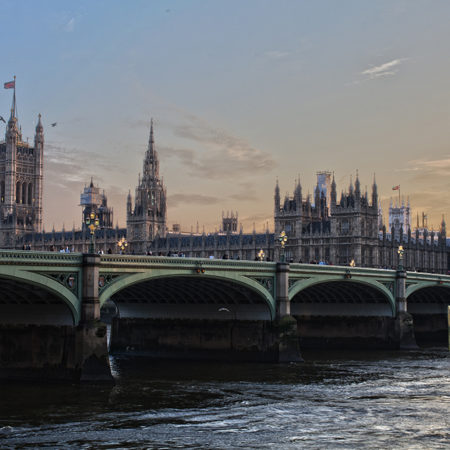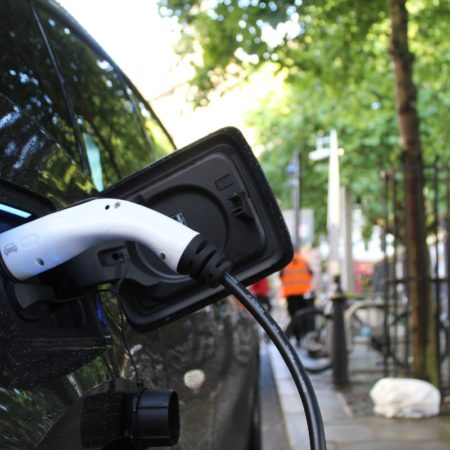The International Energy Agency (IEA) recently published a comprehensive report on how the world can transition to a net zero energy system by mid-century without jeopardising energy supplies or the global economy. It is now nearly three years since the UK committed itself to the legally binding target of reaching net zero by 2050, but how does our progress measure up to some of the milestones set out by the IEA report?
Phasing out fossil fuels
Use of fossil fuels will have to drastically decline for the world to reach net zero emissions by 2050. The IEA report says that this means coal use in 2050 should be 90% lower than in 2020, and it should more than halve between now and 2030. Oil use will have to fall by 75%, but natural gas is a slightly different story: the IEA scenario allows for it to rise and peak in the next few years, then dropping 55% before 2050. This means no new oil or natural gas fields and no new coal mines or extensions of existing ones. Phasing out unabated coal-fired plants should happen by 2040.
UK progress
Coal use in the UK has been falling for years. The country recorded its first coal-free week in 2019, which has since been followed by many more periods where the National Grid didn’t use any coal at all. Plans to end unabated coal generation are way ahead of the IEA’s deadline, with a target of 2025.
Daily consumption of oil has also been declining in the past 20 years, although it still continues to be a large part of the UK’s energy mix. However, last October saw plans to open a new coal mine in Cumbria get the go-ahead, and in March the government announced the North Sea Transition Deal, allowing continued oil and gas exploration. This is incompatible with the IEA’s roadmap, despite promises that any future drilling licences issued will be “compatible with the UK’s climate change objectives”.
New energy technologies
The IEA report says: “The share of fossil fuels in total energy use declines from around 70% today to 30% [in the net-zero scenario].” Electricity will become the dominant fuel for industrial use and renewables should be 88% of total electricity generation by 2050. Technologies such as carbon capture and storage (CCS) will be increasingly important, with nuclear and hydrogen playing an important role.
UK progress
The proportion of UK energy generated from low-carbon sources hit a record high of 62.1% in early 2020, and this is part of a trend towards greater use of renewables. The government’s Ten Point Plan For A Green Industrial Revolution, issued in November, promises robust investment in low-carbon hydrogen, new nuclear and CCS.
Greening transport
The IEA report says that there should be no sales of new cars with an internal combustion engine after 2035 and that electrification is the main way to reduce carbon emissions from road and rail. Shipping and aviation should reduce their carbon intensity through switching to greener fuels, but it is also important to reduce flying overall by incentivising different travel choices (while supporting a substantial increase in rail use).
UK progress
The government has already announced that no new petrol and diesel cars will be sold in the UK after 2030 and has introduced a series of initiatives to support the switch to electric. Diesel-only trains are supposed to be phased out by 2040, but the rail industry has been trying to raise the alarm for some time that this is impossible without speeding up the rail electrification programme.
The government also isn’t doing much to encourage modal shift away from planes: British Airways, EasyJet, Wizz Air and Ryanair were all beneficiaries of the Covid Corporate Financing Facility, receiving millions in cheap and easy loans from the government. Meanwhile, not all train fares are unaffordable, but the changeable nature of the pricing doesn’t encourage rail travel, particularly since walk-up fares for peak-time travel are the highest in Europe.
More efficient buildings
The IEA says that all new buildings should be “zero-carbon ready” by 2030, with a programme to retrofit less efficient buildings to bring them up to the same standard. This will include widespread use of heat pumps and behavioural change to reduce energy demand.
UK progress
Around 85% of the UK’s housing stock was built before 1990, when standards for insulation and energy performance were introduced. This means that we face more of a challenge compared to the rest of Europe, but the English National Housing Survey found that 98% of housing stock could benefit from at least one energy efficiency measure that hasn’t been carried out yet. There have been various programmes to subsidise energy efficiency measures for buildings, but we haven’t yet achieved the “acceleration of retrofits” the IEA says we need.
In summary, the UK has some laudable plans for achieving our target of net zero emissions by 2050, and progress in some areas (such as phasing out petrol cars, standards for new buildings and use of renewables) is encouraging. But we are currently not on track to achieve our share of what the IEA says needs to be done, and the UK’s own Climate Change Committee expressed concern in its most recent report that we are cutting emissions much too slowly. To achieve our net zero target and play our part in a decarbonising world, the pace of change must be much faster.


